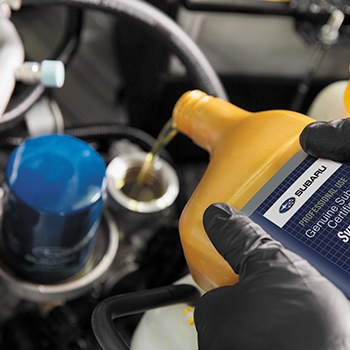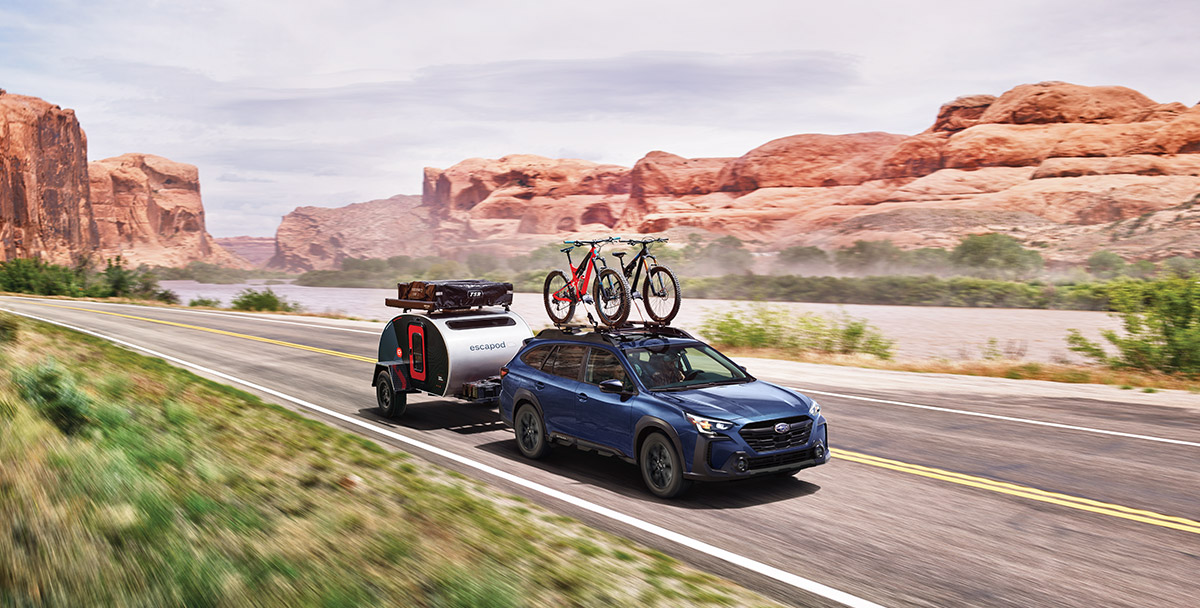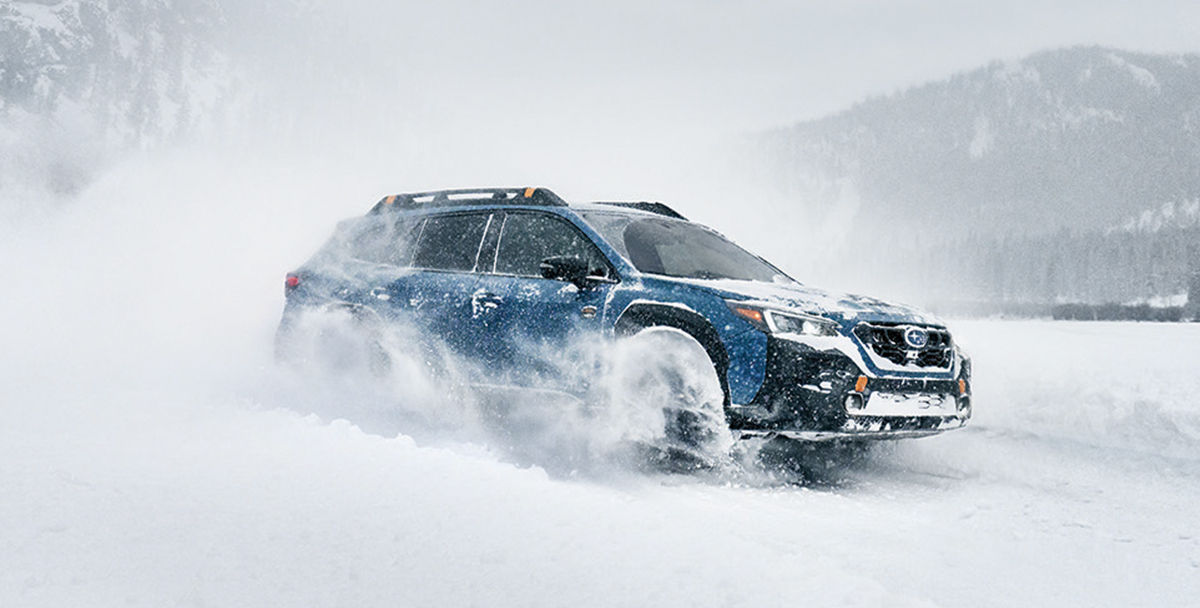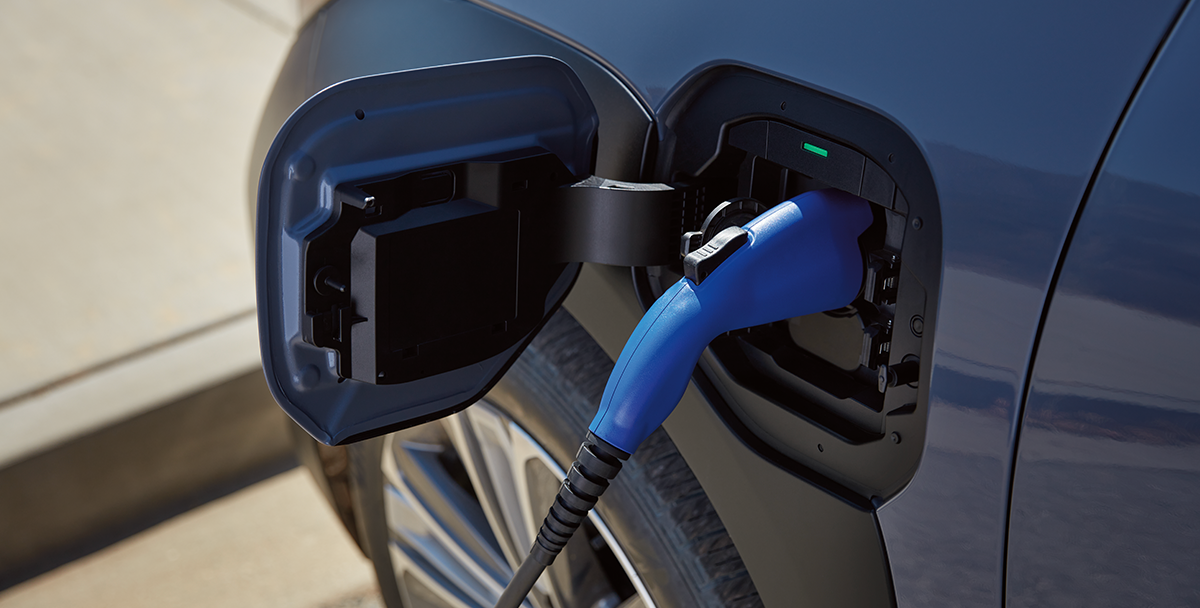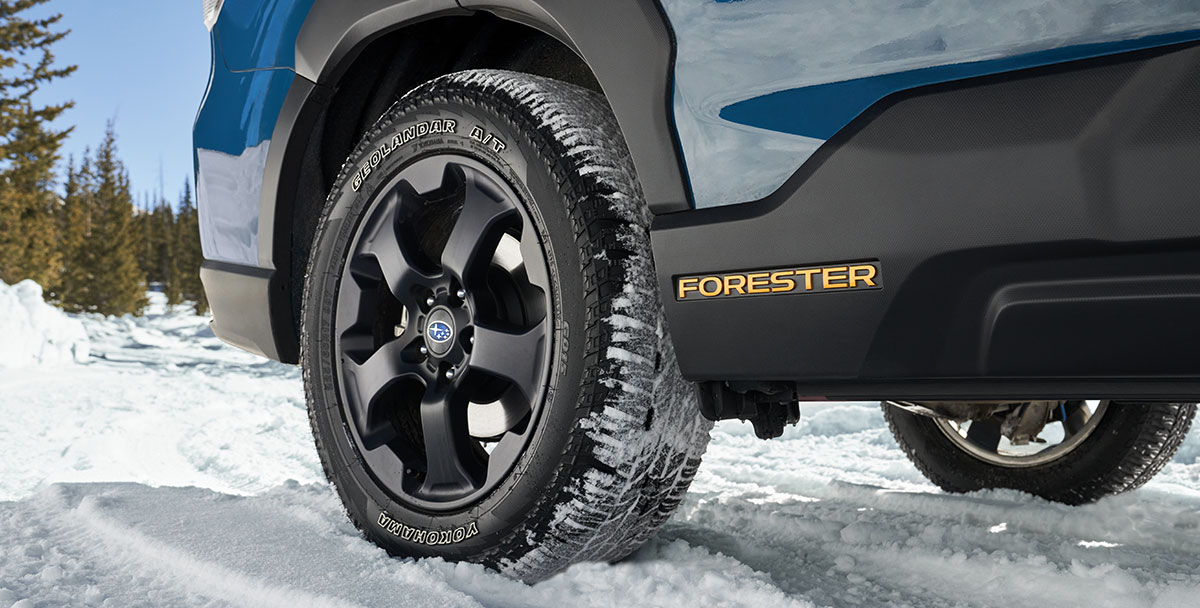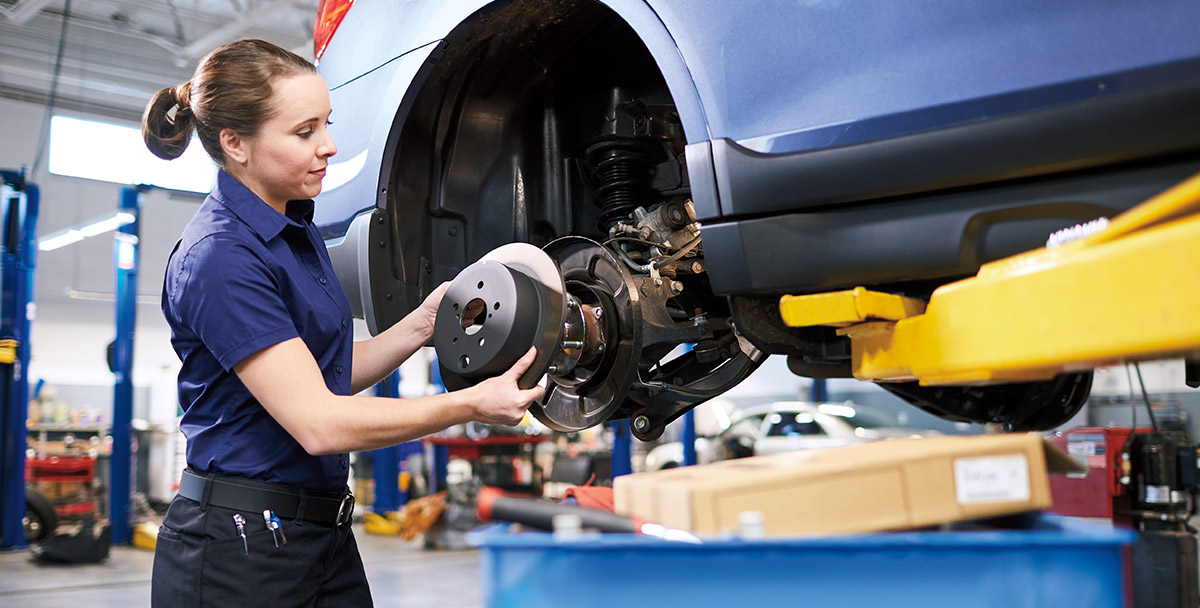You probably know that driving erodes car parts, but you’d be surprised by how much wear comes from not driving.
While heat is the enemy in a running engine, your vehicle components have another formidable opponent: the atmosphere, which is filled with elements – light, moisture, ozone – that can damage many car parts, regardless of mileage.
Your model’s Warranty & Maintenance Booklet (available online at subaru.com) provides a schedule with specific service and inspections to be done at six-month intervals or 6,000 miles, whichever comes first.
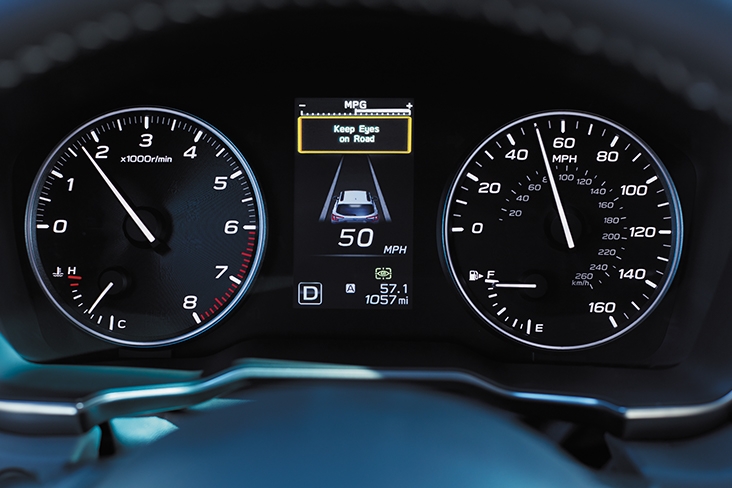
Americans drove significantly fewer miles between 2019 and 2020. According to the U.S. Department of Transportation’s Federal Highway Administration, our Vehicle Miles Traveled (VMT) in 2019 was an estimated 3.27 billion. In 2020, that plummeted to 2.83 billion VMT, a 13.2% drop.
The numbers rebounded a bit so far in 2021 as the country reopened, but many continue to drive less than they used to.
Vehicles that sit require maintenance just as daily drivers do. Here’s a guide for when to check and replace your vehicle’s regular service items.
Tires Maintenance
While a parked car won’t wear tread off its tires, after three weeks or so “your tires will develop flat spots,” says Tony Molla, vice president of industry relations at Automotive Service Association® in North Richland Hills, Texas. When you drive, flat spots can feel like an unbalanced wheel, a vibration in the steering wheel, or you may hear a thunk-thunk-thunk sound that changes with your speed.
Tire Rack notes that “Flat-spotting can be temporary (the tire will round out as driving warms it up) or in the most severe cases, permanent (in which the tire’s ride quality is effectively destroyed).” If your vehicle’s ride hasn’t improved quickly, it’s time to have the tires inspected at your retailer.
The more serious threat to a tire is ozone. “It’s a very powerful oxidizing agent. It gets into the rubber and breaks down the chemical bonds,” says Andrew Decker, a project engineer at Bridgestone Americas. Fine lines appearing in the surface and sidewalls of your tires are signs of ozone damage – Decker describes it as looking like cracked paint.
Tires have a limited lifespan of about 10 years. The age of your tire is molded into the sidewall. Look for the letters “DOT” followed by more letters and numbers. The last four numbers tell you when the tire was made.
Use our guide to determine which tires are best suited for how you use your Subaru.
Windshield Wipers Maintenance
The environment also works against your windshield wiper blades. It’s wise to check them every six months and to replace them annually. If you’ve noticed the edge of the wiper blades separating from the arm or if the blade is skittering across the glass when activated, it’s past time for replacement.
Belts & Hoses Maintenance
Belts and coolant hoses are also susceptible to the environment. If you’re anywhere close to the mileage limit of your timing belt, consider how long it’s been in service. A timing belt should be replaced at 90 months or 7.5 years, according to the Warranty & Maintenance Booklet. Even if your 2015 WRX has 50,000 miles, you should still check with your Subaru retailer about replacing the belt.
Drive belts – the belt that turns the alternator, water pump, AC compressor and other accessories – and coolant hoses are easily inspected for cracks, wear and damage. The timing belt is not since it’s an internal engine component.
Brake Fluid Maintenance
The moisture in the air is a problem, ironically enough, for the fluids in your vehicle. “Brake fluid will absorb moisture, and that is probably the biggest problem we have if a car sits,” says James Green, who cares for the many cars that sit at the Lane Motor Museum in Nashville, Tennessee, whose recent exhibit “Celebrating 50 Years of Subaru in America” featured the “Ladybug,” the first Subaru model imported to America.
Condensation in the hydraulic fluid can cause rust inside the brake lines along with a lower boiling point, which can make the brakes less effective.
Oil Maintenance
If you haven’t been driving as frequently, the best defense for keeping your vehicle healthy is to change the oil and filter on the time schedule outlined in your Warranty & Maintenance Booklet. That will remove any condensation that’s collected during a period of inactivity.
The longer the vehicle sits, the more condensation is likely to collect inside the engine, particularly if you live in an area with high humidity.
If it’s been a long time since you started your Subaru, “Start it up, carefully drive it to the closest retailer or service station and have them change the oil,” says Molla. A telltale sign of water infiltration is that you can see drops of water on your vehicle’s oil dipstick.
Molla suggests visiting the service bay at your retailer every six months to ensure the longest life for your Subaru. “Chances are they will find something you didn’t think was a problem.”
For more information on your vehicle’s service schedule, check the Warranty & Maintenance Booklet. You can also see the schedule by inputting your VIN at subaru.com or visiting your closest Subaru retailer.


